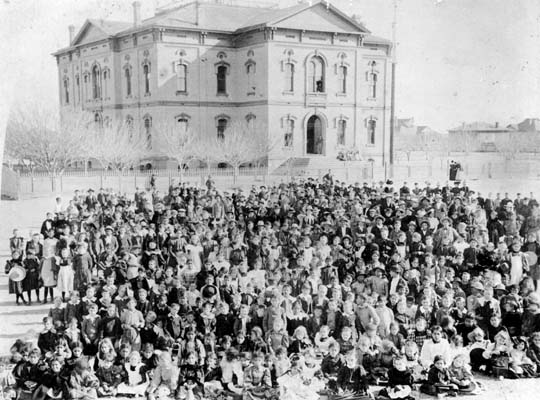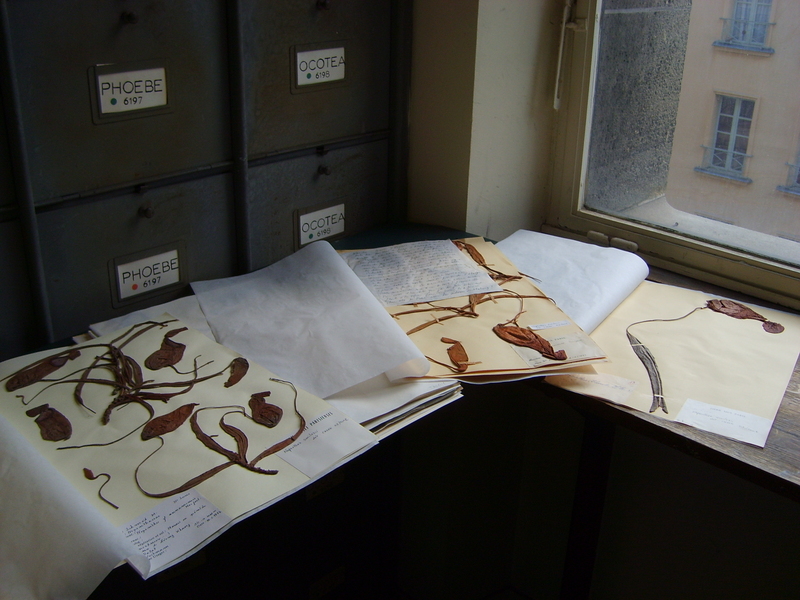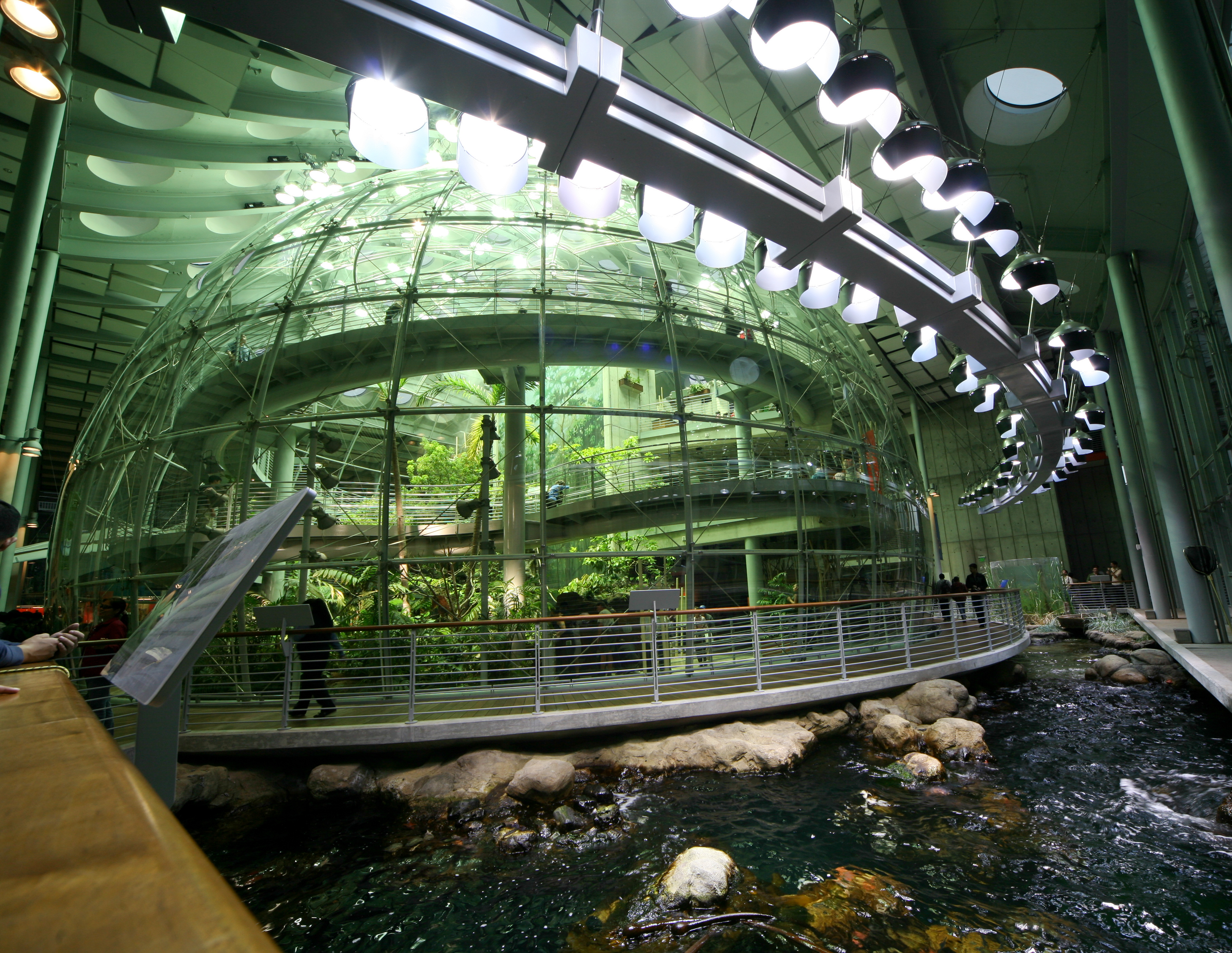|
Mary DeDecker
Mary Caroline Foster DeDecker (3 October 1909 - 5 September 2000) was an American botanist, conservationist, environmentalist and founder of the Bristlecone Chapter of the California Native Plant Society. She discovered six new plants, three of which, including ''Dedeckera, Dedeckera eurekensis'', are named in her honor. Dedeckera Canyon, south of Eureka Valley Sand Dunes, Eureka Dunes, is also named after her. Life Mary Caroline Foster was born 3 October 1909 in Texas County, Oklahoma Barden P. O., later RFD Guymon, in a family of Charles Morrison Foster and Phoebe Arabella Thompson. Her father was a farmer and an office manager for Los Angeles Department of Water and Power, Los Angeles DWP. She studied at Van Nuys High School in the San Fernando Valley and after that completed one year at the University of California, Los Angeles, University of California, Los Angeles (UCLA). She lived in Zelzah, now Northridge, Los Angeles, Northridge, until she was married to Paul DeDecke ... [...More Info...] [...Related Items...] OR: [Wikipedia] [Google] [Baidu] |
Guymon, Oklahoma
Guymon ( ) is a city and county seat of Texas County, in the panhandle of Oklahoma, United States. As of the 2020 census, the city population was 12,965, an increase of 13.3% from 11,442 in 2010, and represents more than half of the population of the county.Larry O'Dell, "Guymon," ''Encyclopedia of Oklahoma History and Culture''. Accessed August 4, 2015 Cattle feedlots, corporate pork farms, and natural gas production dominate its economy, with wind energy production and transmission recently diversifying landowners' farms. History In the 1890s, Edward T. "E.T." Guymon, president of the Inter-State Land and Town Company, purchased a section of land west of the[...More Info...] [...Related Items...] OR: [Wikipedia] [Google] [Baidu] |
University Of California, Los Angeles
The University of California, Los Angeles (UCLA) is a public university, public Land-grant university, land-grant research university in Los Angeles, California. UCLA's academic roots were established in 1881 as a Normal school, teachers college then known as the southern branch of the California State Normal School (now San Jose State University, San José State University). This school was absorbed with the official founding of UCLA as the Southern Branch of the University of California in 1919, making it the second-oldest of the 10-campus University of California system (after UC Berkeley). UCLA offers 337 undergraduate and graduate degree programs in a wide range of disciplines, enrolling about 31,600 undergraduate and 14,300 graduate and professional students. UCLA received 174,914 undergraduate applications for Fall 2022, including transfers, making the school the most applied-to Higher education in the United States, university in the United States. The university is or ... [...More Info...] [...Related Items...] OR: [Wikipedia] [Google] [Baidu] |
California
California is a state in the Western United States, located along the Pacific Coast. With nearly 39.2million residents across a total area of approximately , it is the most populous U.S. state and the 3rd largest by area. It is also the most populated subnational entity in North America and the 34th most populous in the world. The Greater Los Angeles area and the San Francisco Bay Area are the nation's second and fifth most populous urban regions respectively, with the former having more than 18.7million residents and the latter having over 9.6million. Sacramento is the state's capital, while Los Angeles is the most populous city in the state and the second most populous city in the country. San Francisco is the second most densely populated major city in the country. Los Angeles County is the country's most populous, while San Bernardino County is the largest county by area in the country. California borders Oregon to the north, Nevada and Arizona to the ea ... [...More Info...] [...Related Items...] OR: [Wikipedia] [Google] [Baidu] |
California Environmental Quality Act
The California Environmental Quality Act (CEQA) is a California statute passed in 1970 and signed in to law by then-Governor Ronald Reagan, shortly after the United States federal government passed the National Environmental Policy Act (NEPA), to institute a statewide policy of environmental protection. CEQA does not directly regulate land uses, but instead requires state and local agencies within California to follow a protocol of analysis and public disclosure of environmental impacts of proposed projects and, in a departure from NEPA, adopt all feasible measures to mitigate those impacts. CEQA makes environmental protection a mandatory part of every California state and local (public) agency's decision making process. It has also become the basis for numerous lawsuits concerning public and private projects. CEQA has been criticized for being "abused" (used for reasons than environmental ones) to block, downsize, delay, or gain other concessions from new development. CEQA ha ... [...More Info...] [...Related Items...] OR: [Wikipedia] [Google] [Baidu] |
Mojave Desert
The Mojave Desert ( ; mov, Hayikwiir Mat'aar; es, Desierto de Mojave) is a desert in the rain shadow of the Sierra Nevada mountains in the Southwestern United States. It is named for the indigenous Mojave people. It is located primarily in southeastern California and southwestern Nevada, with small portions extending into Arizona and Utah. The Mojave Desert, together with the Sonoran, Chihuahuan, and Great Basin deserts, forms a larger North American Desert. Of these, the Mojave is the smallest and driest. The Mojave Desert displays typical basin and range topography, generally having a pattern of a series of parallel mountain ranges and valleys. It is also the site of Death Valley, which is the lowest elevation in North America. The Mojave Desert is often colloquially called the "high desert", as most of it lies between . It supports a diversity of flora and fauna. The desert supports a number of human activities, including recreation, ranching, and military training ... [...More Info...] [...Related Items...] OR: [Wikipedia] [Google] [Baidu] |
Herbarium
A herbarium (plural: herbaria) is a collection of preserved plant specimens and associated data used for scientific study. The specimens may be whole plants or plant parts; these will usually be in dried form mounted on a sheet of paper (called '' exsiccatum'', plur. ''exsiccata'') but, depending upon the material, may also be stored in boxes or kept in alcohol or other preservative. The specimens in a herbarium are often used as reference material in describing plant taxa; some specimens may be types, some may be specimens distributed in series called exsiccatae. The same term is often used in mycology to describe an equivalent collection of preserved fungi, otherwise known as a fungarium. A xylarium is a herbarium specialising in specimens of wood. The term hortorium (as in the Liberty Hyde Bailey Hortorium) has occasionally been applied to a herbarium specialising in preserving material of horticultural origin. History The making of herbaria is an ancient phenome ... [...More Info...] [...Related Items...] OR: [Wikipedia] [Google] [Baidu] |
California Academy Of Sciences
The California Academy of Sciences is a research institute and natural history museum in San Francisco, California, that is among the largest museums of natural history in the world, housing over 46 million specimens. The Academy began in 1853 as a learned society and still carries out a large amount of original research. The institution is located at the Golden Gate Park in San Francisco. Completely rebuilt in 2008, the Academy's primary building in Golden Gate Park covers . In early 2020, before the COVID-19 pandemic, the California Academy of Sciences had around 500 employees and an annual revenue of about $33 million. Governance The California Academy of Sciences, California's oldest operating museum and research institution for the natural sciences, is governed by a forty-one member Board of Trustees who are nominated and chosen by the California Academy of Sciences Fellows California is a state in the Western United States, located along the Pacific Coast. Wit ... [...More Info...] [...Related Items...] OR: [Wikipedia] [Google] [Baidu] |
John Thomas Howell
John Thomas Howell (November 6, 1903 – May 7, 1994) was an American botanist and taxonomist. He became an expert of '' Eriogonum'' (buckwheat) species, which are widely represented in the native California flora. He was the assistant of Alice Eastwood (1859−1953), the renowned botanist and botanical collection director at the California Academy of Sciences in San Francisco, California. Taxa named for Howell The genera of ''Howelliella'' (in the family Plantaginaceae), ''Howellanthus'' (Scott Mountain phacelia) of the Boraginaceae family and also ''Johanneshowellia'' (Howell's buckwheat) of the family Polygonaceae, are all named in his honor. Taxa named by Howell See also * List of California native plants * *Physocarpus alternans ''Physocarpus alternans'' also known as dwarf ninebark and Nevada ninebark is a flowering shrub native to east California, currently found throughout Western North America. It was first described by J.T.Howell in 1931. It prefers growing o ... [...More Info...] [...Related Items...] OR: [Wikipedia] [Google] [Baidu] |
Rancho Santa Ana Botanic Garden
The California Botanic Garden (formerly the Rancho Santa Ana Botanic Garden) is a botanical garden in Claremont, California, in the United States, just south of the San Gabriel foothills. The garden, at , is the largest botanic garden in the state dedicated to California native plants. It contains some 70,000 native Californian plants, representing 2,000 native species, hybrids and cultivars. The seed bank has embryos for the thousands of rare plants. The garden has an active research department, specializing in systematic botany and floristics. The herbarium of Pomona College, housed at the garden, was transferred from the college in 1996. It holds over 1,200,000 specimens. The journal '' Aliso'' is published by the organization semiannually. The garden offers graduate degrees in botany through Claremont Graduate University. The garden originated in 1927 when Susanna Bixby Bryant established a native garden on her rancho in Orange County. The garden relocated to Claremont in ... [...More Info...] [...Related Items...] OR: [Wikipedia] [Google] [Baidu] |
Philip A
Philip, also Phillip, is a male given name, derived from the Greek (''Philippos'', lit. "horse-loving" or "fond of horses"), from a compound of (''philos'', "dear", "loved", "loving") and (''hippos'', "horse"). Prominent Philips who popularized the name include kings of Macedonia and one of the apostles of early Christianity. ''Philip'' has many alternative spellings. One derivation often used as a surname is Phillips. It was also found during ancient Greek times with two Ps as Philippides and Philippos. It has many diminutive (or even hypocoristic) forms including Phil, Philly, Lip, Pip, Pep or Peps. There are also feminine forms such as Philippine and Philippa. Antiquity Kings of Macedon * Philip I of Macedon * Philip II of Macedon, father of Alexander the Great * Philip III of Macedon, half-brother of Alexander the Great * Philip IV of Macedon * Philip V of Macedon New Testament * Philip the Apostle * Philip the Evangelist Others * Philippus of Croton (c. 6 ... [...More Info...] [...Related Items...] OR: [Wikipedia] [Google] [Baidu] |
Paiute
Paiute (; also Piute) refers to three non-contiguous groups of indigenous peoples of the Great Basin. Although their languages are related within the Numic group of Uto-Aztecan languages, these three groups do not form a single set. The term "Paiute" does not refer to a single, unique, unified group of Great Basin tribes, but is a historical label comprising: * Northern Paiute people of northeastern California, northwestern Nevada, eastern Oregon, and southern Idaho * Southern Paiute people The Southern Paiute people are a tribe of Native Americans who have lived in the Colorado River basin of southern Nevada, northern Arizona, and southern Utah. Bands of Southern Paiute live in scattered locations throughout this territory and ha ... of northern Arizona, southern Nevada, and southwestern Utah * Mono people of east central California, divided into Owens Valley Paiute (Eastern Mono) and Western Mono (Monache) {{Authority control ... [...More Info...] [...Related Items...] OR: [Wikipedia] [Google] [Baidu] |
Eastern Sierra
The Eastern Sierra is a region in California comprising the eastern side of the Sierra Nevada, which includes Mono and Inyo Counties. The main thoroughfare is U.S. Route 395, which passes through Bridgeport, Lee Vining, Bishop, Big Pine, Independence, Lone Pine, and Olancha, with Bishop being the largest city in the area. It is sparsely populated but well known for its scenery; major points of interest include Mono Lake, Bodie, Mammoth Lakes, Manzanar, and parts of Yosemite National Park and Death Valley National Park Death Valley National Park is an American national park that straddles the California–Nevada border, east of the Sierra Nevada. The park boundaries include Death Valley, the northern section of Panamint Valley, the southern section of Eure .... File:Little Lakes Valley.jpg, Little Lakes Valley in the John Muir Wilderness File:Eastern Sierra with Mount Whitney.jpg, Aerial view from the east of the Eastern Sierra with Mount Whitney. The snow-ca ... [...More Info...] [...Related Items...] OR: [Wikipedia] [Google] [Baidu] |





